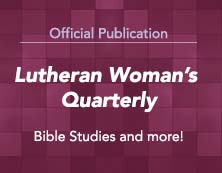A printable PDF can be found at the end of this article.
HELPS FOR THE SECRETARY — RELATED TO THE BUSINESS MEETING
The secretary is the keeper of the records. Minutes are permanent legal documents and must be an accurate record of what occurred and the decisions that were made at meetings. Minutes should be comprehensive, yet as brief as is consistent with accuracy. Minutes of various organizations may differ in their details, but should contain the following facts:
- Basic meeting information:
- the kind of meeting — regular, special, adjourned;
- the name of the organization;
- the date and time of the meeting, and the place, if it isn’t always the same;
- a notation of the presence of the regular presiding officer and the secretary, or the names of their substitutes; and
- action taken on the minutes of the previous meeting, approved as read (or distributed), or as corrected.
- The body of the minutes contains (separate paragraph for each subject):
- reports of officers, board or executive committee, standing committees, and special committees and actions taken.
- motions:
- final wording of all main motions (with any amendments incorporated) and any motion to reconsider; also whether each was adopted or temporarily disposed of (generally motions withdrawn are not recorded);
- all notices of motions;
- all points of order and appeals, noting whether sustained or lost, and giving the chair’s reasons for the ruling;
- the name of the maker of important motions, but not of the person seconding (for motions of little importance, names of persons making the motions are not necessary); and
- announcements.
- Conclusion:
- the hour of adjournment;
- signature and title of the person writing the minutes (the words “Respectfully Submitted” are no longer used before the signature); and
- the signature of the president, if the organization prefers both signatures.
MORE HELPFUL HINTS
- Minutes should include what was done by the assembly, not what was said by the members. Personal opinions and details of debate or discussion are not included.
- When a count has been ordered or a ballot vote taken, the number of votes on each side should be recorded unless a motion is adopted dispensing with this requirement.
- The names of those elected or appointed to committees should be listed.








